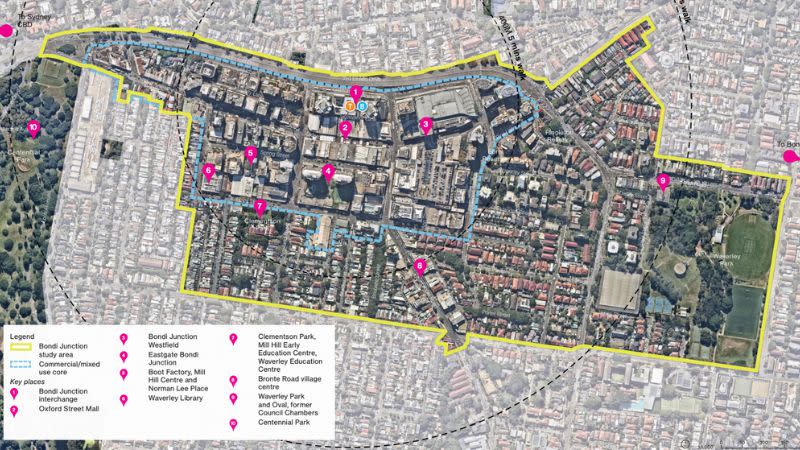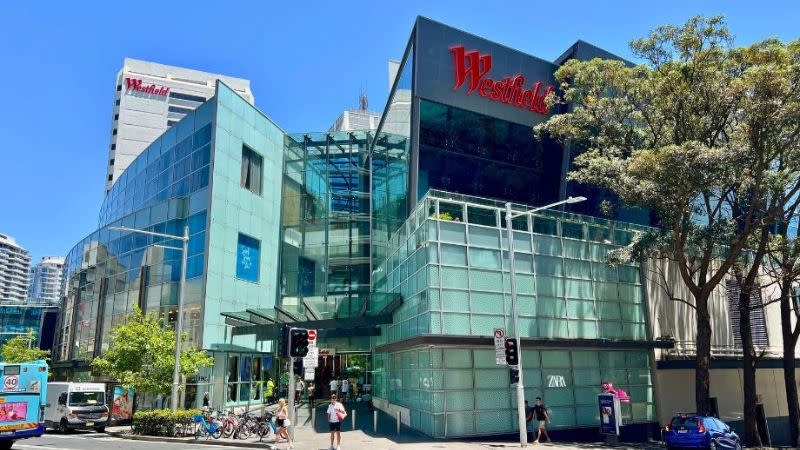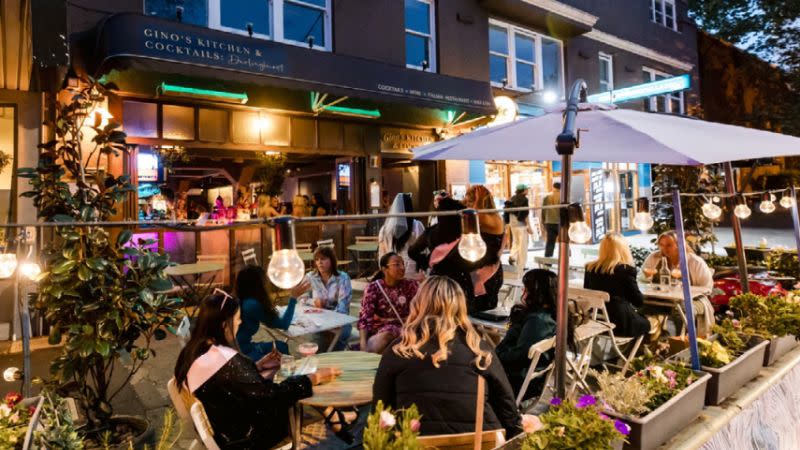Housing, Hospitality Focus of Bondi Junction Masterplan

Opportunities for housing and hospitality growth have been highlighted for Sydney's Bondi Junction in the Waverley Council masterplan for the locale.
Describing Bondi Junction, 7.2km south-east of the CBD and three minutes from the famous beach, as the “civic heart and cultural centre” of Sydney’s East and one of the “most promising centres for growth”, the council’s draft masterplan outlines its ambitions for the area.
The council said as a gateway between the Sydney CBD and the coast that drew millions of visitors annually, the junction held “enormous potential”.
The Waverley LGA is home to 68,605 residents, according to the 2021 Census, but the council believes it could support 77,300 people in the near future.

Currently 80 per cent of the Waverley local government area housing is in Bondi Junction. The report said residents had a median age of 35 years, and 50.6 per cent hailed from overseas.
Its household demographic leans towards single person (31.4 per cent of all households) and couples without children (27.8 per cent).
Because of these factors, the council expects its future will be driven by “steady demand for diverse housing and health services, alongside shifts in office use”.
“Rising construction costs underline the need for planning settings that balance feasibility with ambition, ensuring Bondi Junction continues to attract investment and deliver a vibrant, mixed-use destination,” it said.
The Waverley Council has a five-year target of 2400 new homes by 2029 under its allocation of NSW’s National Housing Accord goals.

The council said that “significant progress” was already being made, with much of this target tied to projects already in the pipeline.
Unlocking the remaining uplift, however, will require “a balanced approach” that will be fuelled by private investment, which itself has been charged up by the Housing Delivery Authority and NSW Government planning policy amendments such as the Low and Mid Rise housing reforms.
But housing affordability and diversity remained “significant challenges”, the council said.
“Older stock often fails to meet the needs of students, families or young professionals, while heritage buildings and valued character housing add complexity to renewal,” it said.
A mix of diverse, and high-quality housing options was essential to sustain Bondi Junction, and it would prioritise designs with green spaces such as podium gardens, rooftop terraces and green spaces, it said.

Council and private development would work together to deliver new public spaces, and the council also highlighted its desire for a stronger night-time economy and more diverse industries.
As such, supporting flexible workspaces and enhancing cultural and civic facilities are goals for the council’s vision.
The council said Bondi Junction suffered from “limited vibrancy” after hours, given its activities are focused on retail and shopping and the transport interchange, which close early.
“Few licensed venues or entertainment options draw people back,” the council said.
The vision identified the Oxford Street Mall as a “day-to-night” spine. The train station entrance and exit emerged in initial consultations as an “overwhelming priority” for development.
Initial community engagement fed the current vision but it is now open for a full public consultation before a more detailed masterplan goes up for exhibition.
The masterplan, which is due to be released in early 2026, will translate the vision into detailed planning recommendations and spatial frameworks to guide development in the suburb.














